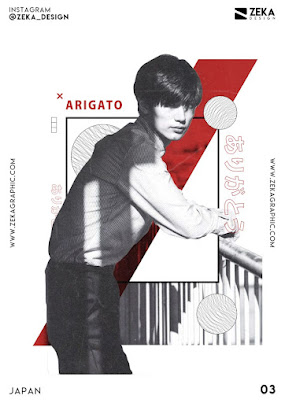ILLUSTRATION & VISUAL NARRATIVE - ASSIGNMENT 2 DIGITAL TRIPTYCH
27/11/2023 - 8/12/2023 / Week 10 - Week 11
Alyssa Lim Shyn Yi / 0365877
Illustration & Visual Narrative / Bachelor of Design (Honours) in Creative Media / Taylor's University
Assignment 2 : Digital Triptych - Exploring Scott McCloud's Transitions
TABLE OF CONTENT
3. ASSIGNMENT 2: DIGITAL TRIPTYCH
INSTRUCTIONS
<iframe src="https://drive.google.com/file/d/1zqU77vDefsCTRAO7uY281FRQo4Xgm9EP/preview" width="640" height="480" allow="autoplay"></iframe>
LECTURE
Week 10 Lecture
<iframe src="https://drive.google.com/file/d/13QDdv2rWoifciU_OAUHC-mgjXZBCteWs/preview" width="640" height="480" allow="autoplay"></iframe>
Summary of My Week 10 Lecture
During week 10, Mr Hafiz brief us about our new assignment known as digital triptych. The main purpose of this assignment is to apply Scott McCloud's theory on transitions to come out with a digital triptych. A digital triptych consisted of three panels which are one before, one during (climatic turning point), & one after a significant event. Each panel will represent a different transition type from McCloud's theory.
Law of Closure: Objects grouped together are seen as a whole.
Transition And Gutters
Empty space between the panels containing the illustrations and dialogue of text are known as the gutter. It is essential for comics to be successful because it allows for closure to happen. Scott McCloud describes closure as, " Observing the parts, but perceiving the whole". The example shown below is how Scott McCloud shows how the gutter stimulates time & motion when the reader uses closure.
Based on the first panel, the main is about to be attacked by another man with an axe. However, the next panel shows a deathly scream rising from a cityscape. This left the readers to decide what had happened between these two scenes.
Gutters act as an invisible messenger within comics in that they pass information but are simply an empty space. Comic artists need gutters as well as the reader's participation in drawing conclusions from them in order for time & motion to take place. Authors influenced the readers by using different types of panel-to-panel transitions within the gutter.
Transition Exercise
<iframe src="https://drive.google.com/file/d/1o5QAc2jHmzF-svcOOzinpZtwjWn3sSog/preview" width="640" height="480" allow="autoplay"></iframe>
Summary
Types of Transitions
- Moment to Moment: A single action portrayed in a series of moments
- Action to Action: A single subject (Person, object, etc...) in a series of actions
- Subject to Subject: A series of changing subjects within a single scene
- Scene to Scene: Transitions across significant distances of time and/or space
- Aspect to Aspect: Transitions from one aspect of a place, idea or mood to another
- Non Sequitur: A series of seemingly nonsensical, unrelated images and/or words
- Starting off with a quiet Japanese street with forest at the background
- Kuchisake-Onna had appeared and wandering around the streets looking for victim
- The atmosphere in the scene was looking serene and ordinary
- This panel was decisive moment(climatic turning point) from my previous assignment where Kuchisake-Onna met the victim who was waking alone on the streets
- Kuchisake-Onna had also show up in her terrifying form
- The facial expression of the victim was looking worried and fear of what he or she might encountered with
- The significant feature of Kuchisake-Onna which was her slit-mouth had been emphasized with scars and bandages
- This was the scene after the climatic turning point where Kuchisake-Onna had disappeared from the scene
- The atmosphere presents a lingering sense of eeriness and quiet
- The color I'll be using was more to cool tones and a touch of muted warmth, signifying a subdued resolution
- Some silhouettes were added inside the drawing, hinting at the scene after the climatic turning point
Panel 1: Prelude to Horror The initial panel encapsulates an unsuspecting urban setting at dusk, adorned with angular art deco architecture. Amidst the tranquility, subtle hints foreshadow the looming presence of Kuchisake-Onna.
Panel 2: Climactic Encounter The second panel erupts into tension and fear as Kuchisake-Onna confronts a protagonist or victim, captured through dramatic lighting and bold art deco stylization. The sheer terror of this fateful encounter is palpable.
Panel 3: Lingering Disquiet In the aftermath, the final panel reveals an urban environment tinged with residual unease, symbolizing the enduring impact of the encounter. Muted art deco tones and understated compositions hint at the haunting aftermath.
Through the fusion of the chilling allure of Kuchisake-Onna's legend and the structured elegance of the art deco style, my artwork invites viewers to traverse this haunting narrative. Each panel, meticulously designed within Adobe Illustrator, seeks to evoke contemplation, exploring the interplay between horror, sophistication, folklore, and artistic interpretation.




.png)


.png)






.png)
.png)
Comments
Post a Comment